In today’s fast-paced software development landscape, ensuring the quality and reliability of software applications is paramount. This is where Software Development Engineers in Test (SDET) play a critical role. In this article, we will explore what an SDET is and how individuals from non-IT backgrounds can make the transition into this exciting field.
What is a Software Development Engineer in Test (SDET)?
Software Development Engineer in Test (SDET) is a hybrid role that combines the skills of a software developer and a quality assurance engineer. SDETs are responsible for designing, developing, and maintaining automated test frameworks and test cases to validate the functionality and performance of software applications.
Key Responsibilities of SDETs:
- Test Automation: SDETs are experts in writing code to automate test scenarios. They create scripts to simulate user interactions with the software and identify any defects or issues.
- Quality Assurance: They ensure the software meets the required quality standards by conducting rigorous testing, including functional, integration, and regression testing.
- Continuous Integration: SDETs integrate testing into the software development process, allowing for early detection and resolution of issues.
- Test Framework Development: They design and build test frameworks that simplify the testing process and make it more efficient.
- Collaboration: SDETs collaborate closely with software developers, product managers, and other stakeholders to ensure the software meets user requirements.
How to Transition to a Career as an SDET
Transitioning to a career as an SDET can be an exciting journey, even if you come from a non-IT background. Here are the steps to help you make the switch:
1.Gain Fundamental IT Knowledge
Start by building a strong foundation in information technology. Learn about programming languages, operating systems, databases, and networking. Online courses, coding bootcamps, and self-study can be great resources.
2.Learn Programming
SDETs need programming skills to create and maintain test scripts. Java, Python, and C# are some of the popular programming languages used in test automation. Consider enrolling in courses or tutorials to become proficient in one or more of these languages.
Interested in Java for SDET? Check out [JAVA Software Development Engineer in Test (SDET)](https://cydeo.com/program/java-sdet/) to learn more.
3. Understand Testing Concepts
Familiarize yourself with software testing concepts, methodologies, and tools. Learn about different types of testing, such as functional, regression, and performance testing. Gain experience in using testing frameworks like Selenium and Appium.
4. Gain Hands-on Experience
Apply your knowledge by working on personal projects or collaborating with open-source projects related to test automation. Building a portfolio of practical experience is essential to showcase your skills to potential employers.
5. Networking and Certifications
Connect with professionals in the industry through LinkedIn, local meetups, and forums. Consider obtaining relevant certifications such as ISTQB or Selenium WebDriver, which can validate your expertise in software testing.
6. Tailor Your Resume
When applying for SDET roles, emphasize your transferable skills, programming proficiency, and any relevant projects or certifications on your resume. Highlight how your unique background can bring a fresh perspective to the role.
7. Ace the Interview
Prepare for SDET interviews by practicing coding challenges and discussing your testing experience. Be ready to showcase your problem-solving skills and demonstrate how you can contribute to the team’s success.
Conclusion
Software Development Engineers in Test (SDETs) are integral to the software development process, ensuring the reliability and quality of software applications. Transitioning to an SDET role from a non-IT background is possible with dedication, learning, and hands-on experience. By following the steps outlined in this article, you can embark on a rewarding career in software testing and automation.
Remember, if you’re interested in pursuing a career in Java-based SDET, explore [JAVA Software Development Engineer in Test (SDET)](https://cydeo.com/program/java-sdet/) for specialized training and resources.




